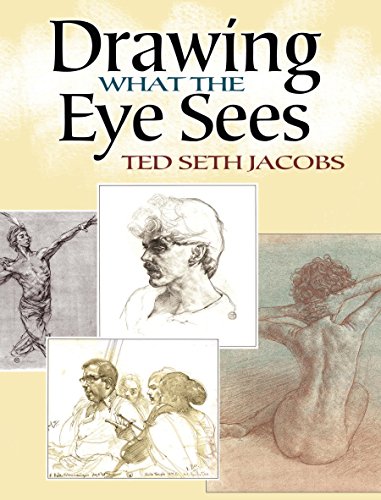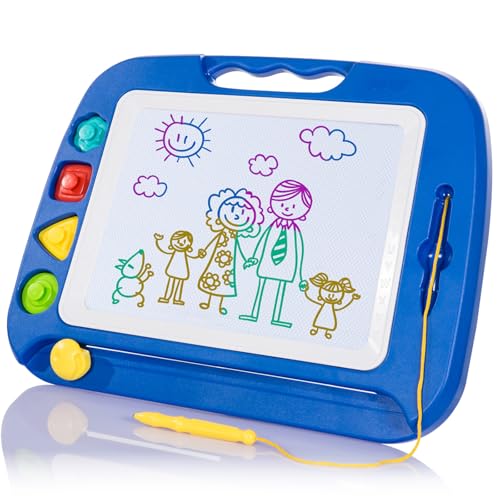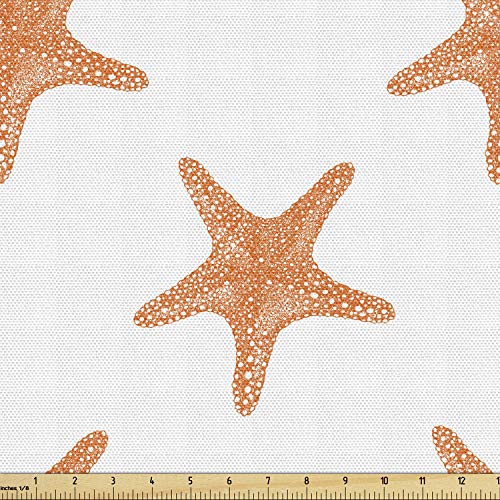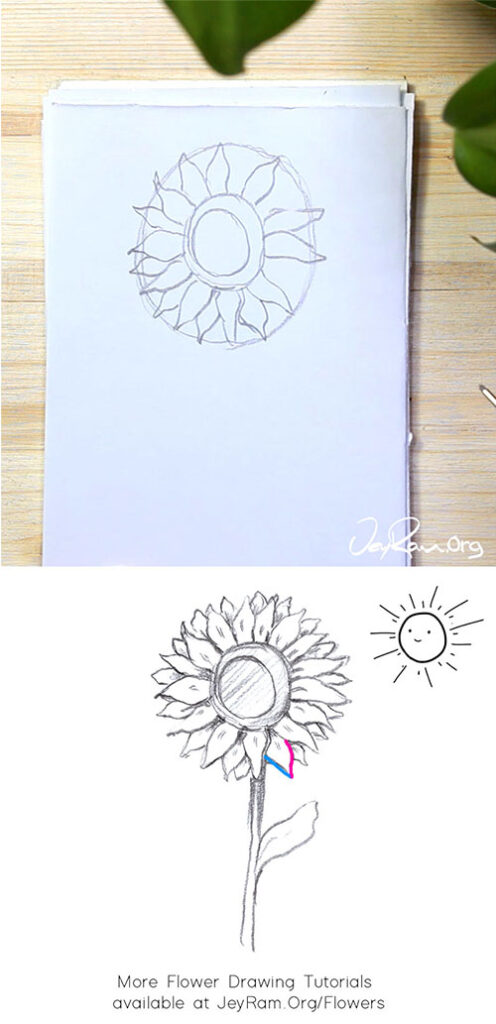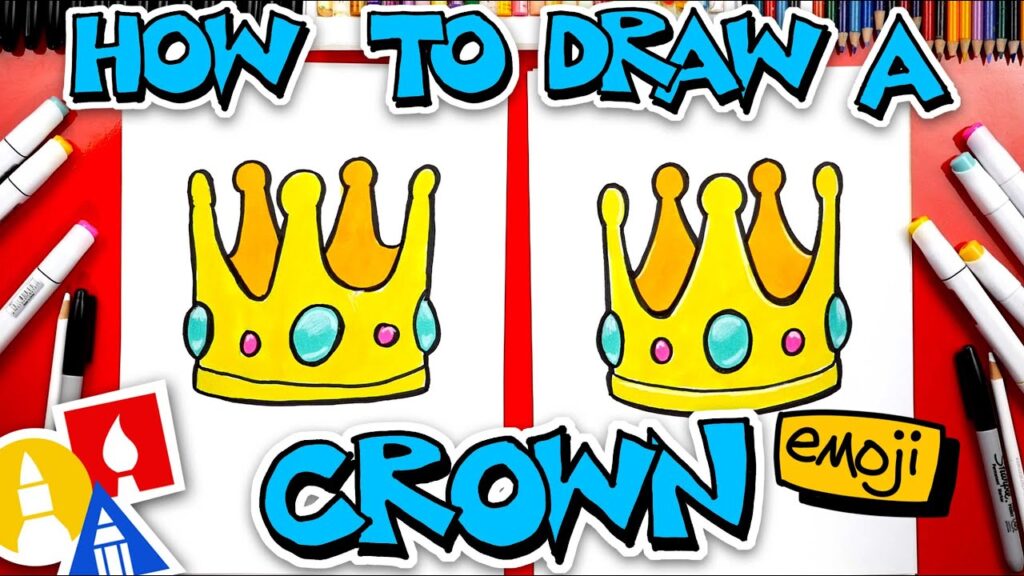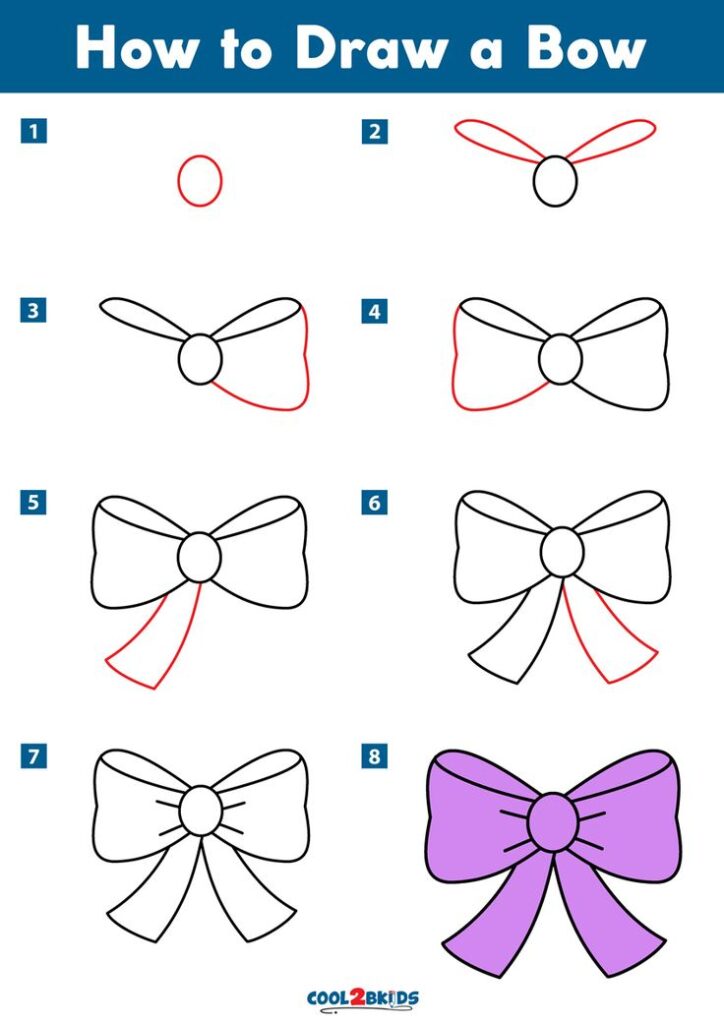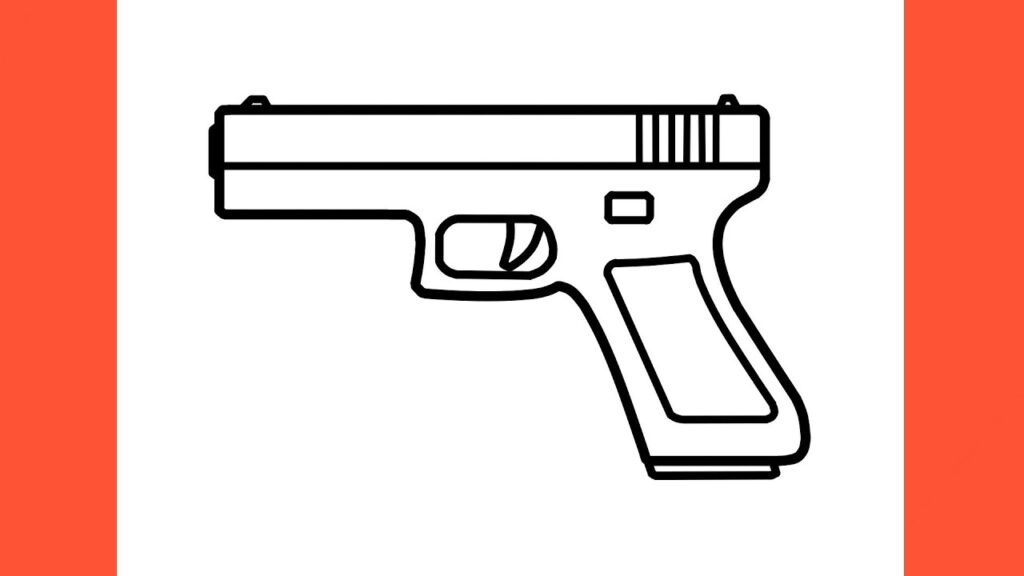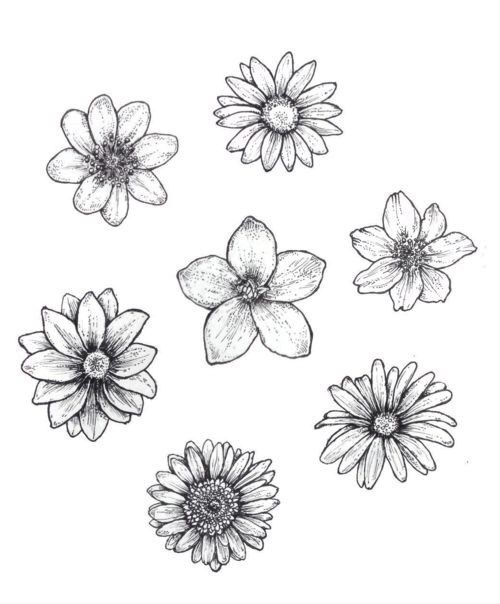Shading adds depth to drawings. But sometimes, it doesn’t work.
Your drawing still looks flat. This is a common problem for many artists. They use shading but don’t get the desired effect. The issue often lies in technique, not the shading itself. There might be other factors affecting the outcome.
Understanding these factors can change your art dramatically. Lighting, perspective, and color play huge roles. They can make or break the illusion of depth. Mastering these elements can enhance your drawings. You’ll discover why your shading falls short. And you’ll find simple ways to improve. This exploration will help you see your art in a new light. Let’s dive into the reasons your drawing looks flat, and how to fix it.

Common Causes Of Flat Drawings
Drawing is a skill that many strive to improve. Yet, some still see their art lacking depth. This often results in a flat appearance. Understanding the common causes can help you enhance your technique.
Lack Of Depth Perception
Depth perception plays a crucial role in drawing. Without it, your artwork may seem two-dimensional. It’s important to train your eyes to see beyond the surface. Look for shadows, highlights, and contours. These help create a sense of space. Practicing with real objects can improve depth perception.
Improper Use Of Shading Techniques
Shading adds dimension to drawings. But using it improperly can flatten your art. Avoid using the same shade everywhere. Vary the pressure of your pencil. Light touches create soft shadows. Hard strokes form darker areas. Mix different shading styles. This adds interest and depth.

Understanding Perspective
Many artists feel frustrated when their drawings look flat. Often, the issue lies in understanding perspective. Perspective creates the illusion of depth and space. This makes drawings more realistic and engaging. Mastering perspective involves grasping the importance of vanishing points and depth creation.
Importance Of Vanishing Points
Vanishing points are key in perspective drawing. They are points where parallel lines seem to meet. On paper, these points help guide the drawing of lines. They show how objects appear smaller as they move away. Without vanishing points, drawings can lack depth and realism. Using them correctly can transform a flat drawing. It gives the viewer a sense of space and distance.
Creating Depth With Perspective
Perspective helps show the size and placement of objects. By using perspective, artists add depth to their work. Foreground objects appear larger and more detailed. Background objects appear smaller and less distinct. This creates a sense of three-dimensional space. Proper perspective guides the viewer’s eye naturally. It leads them through the artwork, enhancing the overall experience.
Shading Techniques For Depth
Drawings appear flat despite shading due to incorrect light direction or uneven shadow application. Understanding light source and shadow depth is crucial. Practice varied shading techniques to enhance depth perception.
Creating depth in your drawings can feel like a never-ending puzzle, especially when your work seems flat despite your efforts. Shading is a key player in adding dimension, but mastering it requires more than just filling spaces with grey. Let’s explore some shading techniques that can transform your flat drawings into pieces brimming with life and depth. ###
Gradual Transition Of Tones
One common mistake is not transitioning tones gradually enough. Rapid shifts from dark to light can make your drawing look abrupt and unrealistic. Consider the sky as the sun sets: the transition from bright to dark is seamless, with many shades in between. When you shade, aim for a smooth gradient. Start with a light hand and build up the darkness slowly. This gradual transition helps mimic the way light naturally falls on objects. ###
Using Contrasts Effectively
Contrast is your best friend when trying to create depth. A drawing without contrast is like a story without conflict—flat and unengaging. Have you ever noticed how a shadow can make an object pop right out of the paper? That’s contrast in action. To use contrast effectively, identify where the light source is coming from in your drawing. Then, emphasize the darkest and lightest areas to create a visual hierarchy. This will guide the viewer’s eyes and add layers to your work. Are you making the most out of contrast in your shading? Sometimes, adding just a little extra darkness or light can make all the difference. Experiment with these techniques and watch your drawings come to life.
Role Of Light Source In Shading
The light source plays a vital role in creating depth in drawings. Proper shading can transform a flat image into a dynamic piece of art. Understanding the light source helps artists craft realistic and engaging illustrations. Without this knowledge, drawings may lack dimension and appear flat.
Identifying Light Direction
Light direction determines how shadows and highlights appear. First, pinpoint the origin of the light. Is it above, below, or from the side? This affects how shadows fall and where highlights touch. A clear light direction provides consistency across the drawing.
Consider the angle of light. A steep angle results in longer shadows. A flat angle leads to softer, shorter shadows. Adjust shading based on this direction. This practice enhances the depth and realism of the artwork.
Impact On Shadow Formation
Shadows form based on the light’s direction and intensity. Darker shadows emerge from stronger light sources. Softer shadows appear with diffused light. Identifying this helps in creating contrast and depth.
Observe how objects block light, forming shadows. The size and shape of the shadow depend on the light’s angle. Larger shadows indicate a lower light source. Smaller shadows suggest a higher light position. This knowledge aids in crafting believable drawings.
Enhancing Texture In Drawing
Shading alone can’t fix flat drawings. Texture adds depth and interest. Try varying pencil strokes and pressure. Use cross-hatching or stippling to create texture. Experiment with different tools to enhance realism.
Enhancing texture in your drawings can transform a flat image into something vibrant and realistic. Many artists, both beginners and experienced, struggle with drawings that look flat despite careful shading. Texture can make all the difference. It brings depth and a tactile quality that makes your artwork pop. Have you ever wondered why some drawings seem to almost jump off the page? It’s often the result of skillful texture enhancement.
Adding Surface Details
Surface details are crucial to making your drawings more lifelike. Consider the small ridges on a leaf or the roughness of a tree bark. These details add a layer of realism. Start by observing textures around you, like the fabric of your clothing or the grain of a wooden table. Use a light touch to sketch these details, gradually building up the texture. Notice how these subtle additions can change the perception of depth in your artwork. Experiment with different textures to see what works best for your subject.
Using Tools For Texture
Your choice of tools can greatly affect the texture in your drawings. Pencils of different hardness can create a variety of effects. For instance, a soft pencil can be used for smooth shading, while a harder pencil can add crisp lines and details. Try using blending stumps to soften edges, or even a kneaded eraser to lift graphite and create highlights. Textured paper can also add dimension to your drawing, giving it an extra layer of complexity. Think about the tools you have at your disposal. How can they be used creatively to enhance texture? Sometimes, using unconventional tools like a toothbrush for spattering effects can introduce unexpected textures. Engage with your art by experimenting with these techniques. You might be surprised by how much more dynamic your drawings can become with a little focus on texture.
Color Theory And Depth
Understanding color theory can transform your drawings. It adds depth and richness. Many artists struggle with flat drawings despite using shading. The secret often lies in color choices. Color theory plays a crucial role in creating depth. Let’s explore how you can enhance your artwork.
Warm Vs. Cool Colors
Warm colors include reds, oranges, and yellows. They advance toward the viewer. Cool colors like blues, greens, and purples recede into the background. This creates a visual contrast. Use warm colors in the foreground. Cool colors should be used in the background. This technique adds depth to your drawing.
Creating Depth With Color
Color can define space and form. Light colors suggest light and openness. Dark colors suggest shadow and density. Combine light and dark colors strategically. This creates layers and depth. A balanced mix of colors can make your drawing pop. It makes the viewer’s eye travel across the artwork.
Improving Composition
Drawings can appear flat due to poor composition, even with shading. Focus on perspective and depth. Position elements thoughtfully to enhance three-dimensionality.
Improving your drawing composition can enhance depth and interest. Even with shading, a drawing may appear flat without proper composition. Understanding composition basics can elevate your artwork. Focus on balancing elements and creating focal points. This can transform your drawing into a captivating piece.
Balancing Elements
Balance is crucial for a strong composition. Distribute visual weight evenly across your drawing. Consider the size, color, and placement of elements. Too much weight on one side can make it feel lopsided. Use contrasting shapes and sizes to achieve balance. Symmetry can create balance but might feel static. Asymmetrical balance often feels more dynamic and interesting.
Creating Focal Points
A focal point draws the viewer’s eye. It is the highlight of your composition. Use contrast to create a focal point. Light against dark or color against monochrome works well. Position the focal point in a strategic location. The rule of thirds can guide placement. This keeps the viewer engaged and guides their eye through the drawing. Use lines and shapes to direct attention to the focal point.

Practical Tips To Fix Flat Drawings
Struggling with flat drawings despite shading? Focus on understanding light sources. Experiment with contrast to add depth. Use varied pencil pressures for more dynamic effects.
Drawing is a wonderful way to express your creativity, but it can be frustrating when your artwork appears flat, even with shading. A common challenge for many artists is bringing depth and life to their drawings. The good news is that with a few practical adjustments, you can transform your flat drawings into dynamic pieces of art.
Analyzing Your Work
Take a step back and look at your drawing with a critical eye. Are there areas where the shading doesn’t quite match the light source? Ensure your shadows are consistent and enhance the form of the object. Consider the texture of the surfaces you are drawing. Different textures react to light differently, and capturing this can add depth. Reflect on how the light interacts with the elements in your drawing.
Incorporating Feedback
Sometimes, all you need is a fresh perspective. Ask a friend or fellow artist to look at your work. They might spot something you missed or suggest a new technique. Be open to constructive criticism. Feedback can highlight patterns in your work that could be improved. Have you noticed that after applying someone’s suggestion, your drawing suddenly has more life? Seek feedback through online art communities. A quick post can lead to valuable insights from artists worldwide. Try these tips, and you’ll likely see a remarkable change in your drawings. Don’t be afraid to experiment and learn from each piece you create.
Frequently Asked Questions
How To Stop Art From Looking Flat?
Enhance depth using shading, perspective, and contrast. Add texture and layers to create dimension. Use varied color tones to enrich realism. Experiment with light sources to emphasize form. Incorporate overlapping elements for dynamic compositions.
How Do I Make My Painting Not Look Flat?
Add depth with shading and highlights. Use contrasting colors and varied brush strokes for texture. Incorporate perspective by adjusting size and placement. Experiment with layers to build dimension. Consider light sources for realistic effects.
Why Does My Painting Look Flat?
Your painting may look flat due to lack of contrast or shading. Use varied tones and textures to create depth. Proper lighting and perspective can enhance dimensionality. Experiment with colors and brush strokes to add layers and interest. Practice and study techniques to improve your painting’s visual appeal.
How Do I Make My Shading Smooth?
Use a blending tool or soft brush for smooth shading. Apply light pressure and blend gradually. Layer shades by building up from light to dark. Maintain consistent strokes and refine edges for a polished look. Practice regularly to improve technique and achieve smoother transitions.
Conclusion
Your drawings seem flat despite shading. This happens to many artists. Focus on contrast and value. Consider light sources and angles. Practice observing real objects closely. Use varied lines for depth. Try different shading techniques. Blend shadows and highlights. Experiment with textures.
Art improves with patience and practice. Keep refining your skills. Feel free to explore new styles. Drawing is a journey, not a destination. Enjoy the process and keep learning. Your art will grow richer with time. Keep drawing and stay curious.


